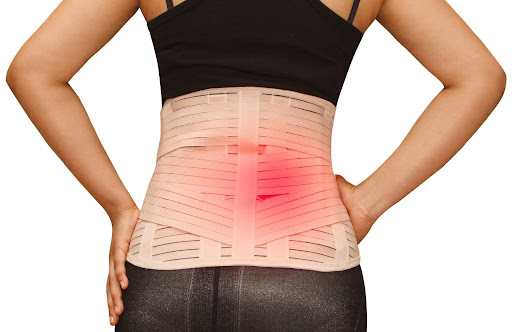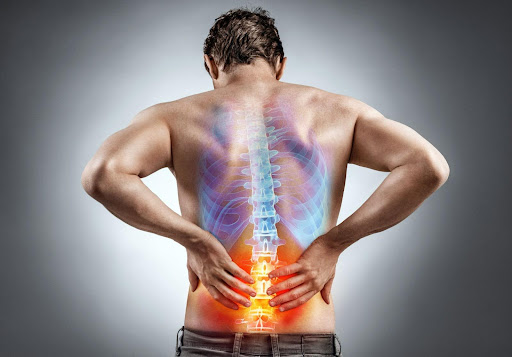Did you know that back pain is a prevalent problem that affects millions of people all over the globe? In response to back pain, physiotherapy is frequently recommended as a treatment. This is because physiotherapy can sometimes alleviate pain in patients with chronic back pain by teaching them how to sit, stand and move in a manner that keeps their spine in proper alignment.
But what should you do if physiotherapy alone does not help your back pain? Besides seeking help from an allied health professional, you can also consult a Neurosurgeon.
If you have the following symptoms, you may need to reevaluate your treatment plan with a medical doctor: you have been undergoing physiotherapy for weeks, but your back pain does not go away and is becoming worse. You are suffering from other symptoms like fever, significant weight changes, loss of function or weakness in extremities, bladder problems, etc.
You can consult your doctor on suitable medications, interventional medical procedures, surgery and assistive devices, as well as get further advice on what exercises and lifting techniques are appropriate for your condition.
1. Medications:
Medications can be paired with physiotherapy to provide you with additional pain relief. But note that some medications may not be effective for all types of back pain; therefore, it is advisable to visit a doctor before taking any prescription medication. In certain cases, anti-inflammatory drugs, pain relievers, or muscle relaxants may be prescribed to help temporarily ease discomfort. And sometimes, a combination of these medications are recommended.
- Non-Steroidal Anti-inflammatory Drugs: Known to help reduce pain, swelling, and inflammation in muscles, NSAIDs are common drugs for alleviating backaches.
- Pain relievers: If the over-the-counter painkillers do not sufficiently ease your back pain, prescription painkillers could be of help because they are stronger.
- Muscle relaxants: Muscle relaxants may be suitable for patients whose acute back pain is disrupting their sleep because they induce drowsiness, alleviating insomnia.
2. Interventional medical procedures:

Besides medications, interventional medical procedures such as epidural steroid injections, nerve block injections, or radiofrequency ablation may be worth exploring too if you experience chronic back pain. These procedures can help to reduce pain and improve mobility.
- Epidural steroid injections: Injections of long-lasting steroids alleviates inflammation and/or swelling of nerves in the epidural space, reducing back pain.
- Nerve block injections: Nerve blocks are a safe and effective way to interrupt pain signalling around the body, resulting in either temporary or permanent pain relief.
- Radiofrequency ablation: A tiny needle and an electrode are used to send radio waves that heat a small area of the nerve tissue. The ablation is meant to eliminate the transmission of pain signals to your brain.
3. Surgery:
Surgery may be advisable in severe cases of persistent back pain that do not respond to other conservative treatments for weeks. This could include procedures such as spinal fusion, discectomy, or laminectomy. The type of surgery you undergo is contingent on the underlying cause of the back pain.
- Spinal fusion: Patients with such a condition can consider spinal fusion to make two spinal bones fuse and heal as one bone, stabilising the spine.
- Discectomy: Discectomy, which removes a portion of the herniated disk (herniated refers to being bulged, slipped or ruptured) to relieve pressure on the spinal cord, is another surgical option.
- Laminectomy: Laminectomy is potentially suitable for those with back pain coupled with numbness or weakness in the limbs, as the removal of a small section of the lamina bone could alleviate nerve pressure.
Although surgery can possibly be an effective treatment for back pain, it is important to consider the risks and benefits before going through any procedure. It is also necessary to choose a qualified and experienced surgeon.
4. Assistive Devices:

Good posture— standing and sitting up straight while minimising slouching or hunching over — is imperative for treating back pain. Unfortunately, relying solely on your self-discipline to maintain a healthy posture can sometimes be challenging, as ingrained bad posture habits can be hard to break.
Thankfully, assistive devices that promote healthy posture, such as back braces, lumbar supports, or posture-correcting devices, can lend a helping hand. They can be bought to support the back and reduce the burden on affected muscles and joints, potentially aiding back pain relief. These devices often complement other treatment modalities to improve daily functioning and need to be used regularly to be effective.
Introduction | Pros | Cons | |
Back braces (a.k.a medical-grade corset) |
|
|
|
Lumbar supports (e.g. lumbar cushions or pillows) |
|
|
|
Other posture-correcting devices in the market include posture shirts, straps, and wearable sensors.
Bear in mind that the pros and cons mentioned above are general in nature and may vary depending on individual preferences, conditions, and proper usage of the back support devices. We recommend that you consult a doctor for tailored advice and guidance on the appropriate back support device(s) that best suit your unique needs.
5. Exercise regularly

In addition to buying assistive devices for back pain relief, exercising frequently is a free and simple activity that is good for back pain.
You may be wondering whether to rest or exercise with back pain. Generally speaking, back pain goes away with regular exercise because it strengthens your back muscles and betters your posture, both of which can reduce the pain you experience. Furthermore, it helps you to maintain a healthy weight, which is paramount because being overweight puts pressure on the disks in your lower back and may thus worsen back pain.
Although it may be tempting to skip workouts because of the fear that exercise will cause even more physical discomfort, that fear is often unfounded. Ironically, the opposite is true in many cases, as a prolonged sedentary lifestyle can weaken your core muscles, potentially exacerbating your backaches.
The bottom line: diligently engage in the exercises prescribed by your physiotherapist and doctor (e.g., movements used in pilates, tai chi and yoga) for optimal recovery from back pain. If you have medical complications (e.g. just recovered from back surgery), consult your doctor before embarking on an exercise program.
6. Practise proper lifting techniques
Lifting a heavy object in an unsafe manner is dangerous because it can lead to a back injury. Use the following tips to prevent yourself from suffering from even more back pain:
- Position your two feet such that they are shoulder-width apart. Keep one foot a little bit in front of the other.
- Bend down with your hips and knees only— avoid bending your back.
- Keep your posture straight with your chest out, shoulders back, and lower back slightly arched.
- Lift with your knees and hips only, and do it slowly. Do not twist your back while you lift because that may injure you.
- Transport the heavy object carefully. Always be mindful of your surroundings to avoid accidents.
- Finally, put the heavy item down slowly, squatting with the knees and hips only.
Summary
Back pain does not necessarily need to be a debilitating condition. Suppose your chronic back pain does not go away despite weeks of physiotherapy. In that case, you can consult an Orthopaedic medical doctor to reevaluate your treatment plan. If more conservative treatments fail, medication, interventional medical procedures, and surgery are good options. And simple lifestyle practices like using assistive devices to improve your posture, exercising regularly and practising proper lifting techniques can also help. With the right treatment and self-care, you may enjoy less back pain and a better overall quality of life.
References
- WebMD. (n.d.). Slideshow: Relieving Back Pain. Retrieved from https://www.webmd.com/pain-management/ss/slideshow-relieving-back-pain#:~:text=Exercise%20has%20been%20found%20to,swimming%2C%20walking%2C%20or%20yoga.
- SingHealth. (n.d.). Epidural Steroid Injection. Retrieved from https://www.singhealth.com.sg/patient-care/conditions-treatments/epidural-steroid-injection.
- Medical News Today. (2021, April 16). What are Nerve Block Injections? Retrieved from https://www.medicalnewstoday.com/articles/nerve-block.
- Cleveland Clinic. (n.d.). Radiofrequency Ablation. Retrieved from https://my.clevelandclinic.org/health/treatments/17411-radiofrequency-ablation.

